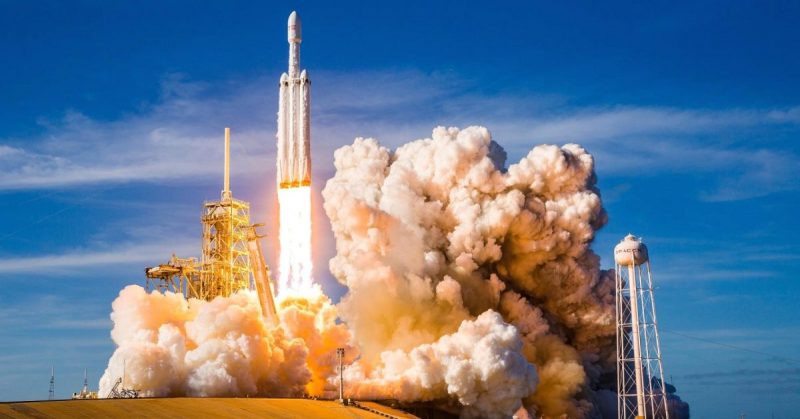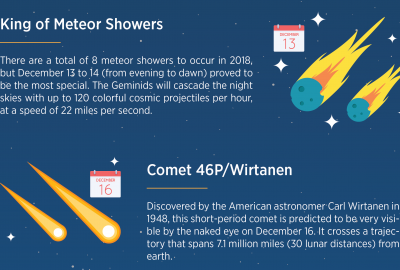Photojournalists Explain the Madness and Glory of Shooting SpaceX Missions
June 15, 2018At NASA’s Kennedy Space Center, you’ll find some of the best young photojournalists this side of the Milky Way.
This unique group of people are some of the most unwavering, innovative, and creative in their craft and have taken on the task of recording modern human history. Specifically, the history of human exploration and how we built the infrastructure to become a spacefaring civilization.
Over the past few years, SpaceX has lead a revolution in rocketry that started with a booster returning hope from its mission to live (and launch) another day. Today, the company has made a home at Cape Canaveral and leads the world in launches. SpaceX has dramatically reduced the cost of space access––enabling nations and smaller companies to become to bring their technology to the frontier.
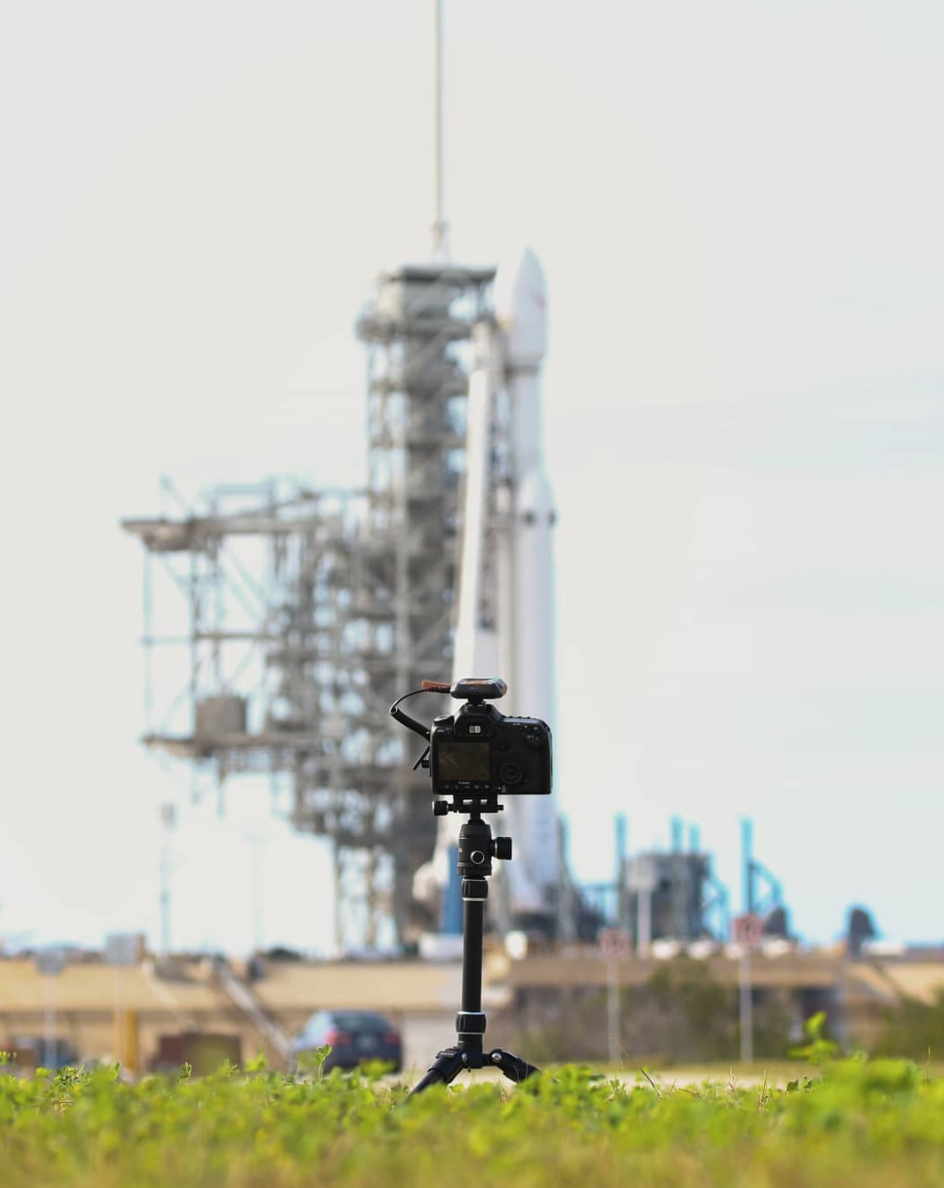
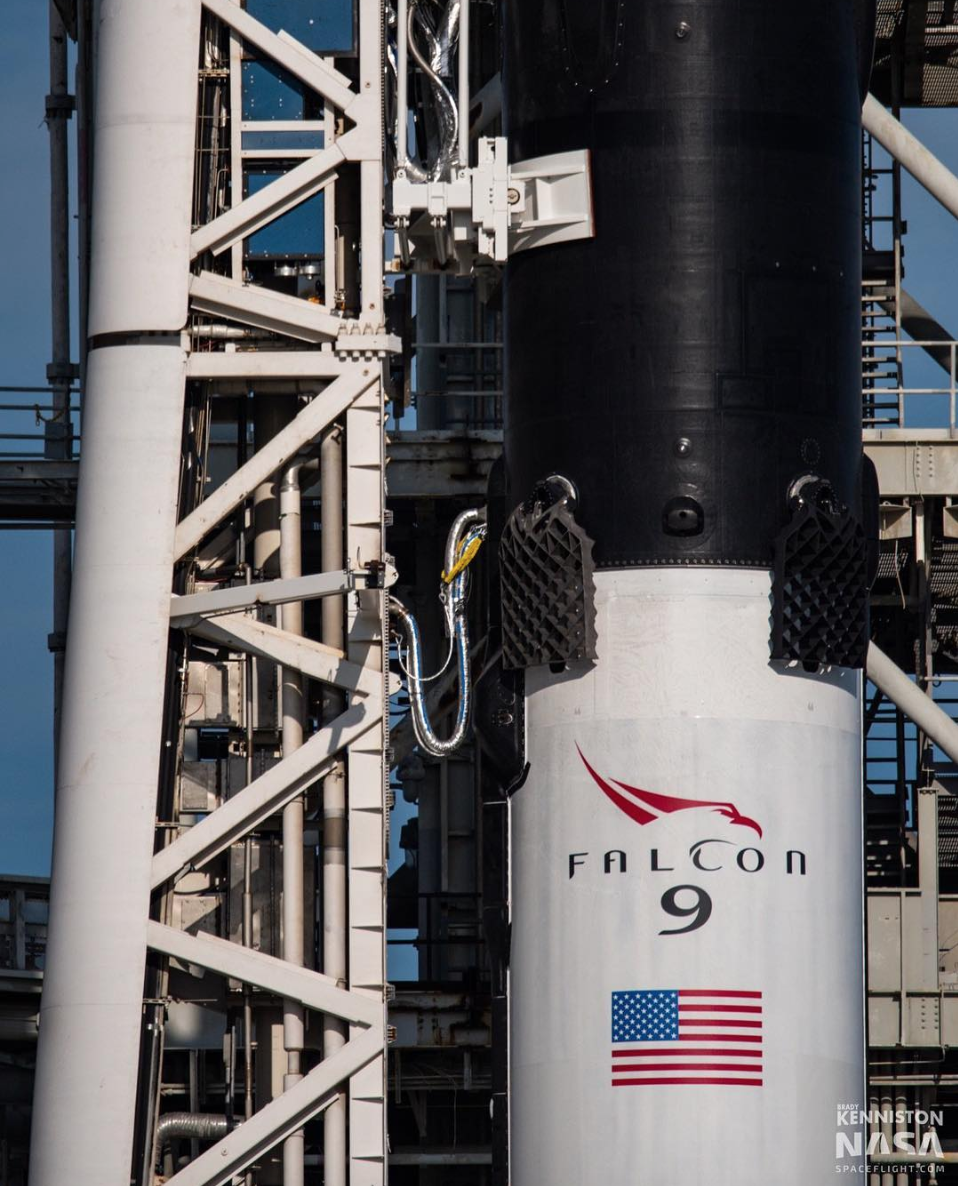
(Image Credit: Craig Vender Galien (left) & Brady Kenniston (right))
The press pool at Kennedy Space Center, where SpaceX has made a home, is special. They are on a mission themselves to share the awe and wonder of space to the world. And to do so, they work together, inspire each other, and drive the message of space exploration as a community.
Let’s dive in, beginning with day one: Setting up remote cameras at the launch pad so shots like the one you see above of the glorious Falcon Heavy launch, can exist.
“The setup is stressful because you absolutely need to get it right,” explains Craig Vander Galien of SpaceNews.com (who captured our awesome header image). If they don’t get their settings correct, they will lose every shot that is taken during that launch. And since they are not out there, they cannot adjust their cameras or angles as needed if they make even the slightest error.
“I use 4-6 remote cameras for launches – all are the same 60D with 18-135 lenses. This helps simplify setup and minimize complexity because seconds and minutes count at remote setup!” says Trevor Mahlmann of Ars Technica. “For sound triggers, I use MIOPS Smart – the most reliable sound trigger there is. Rockets are notoriously loud, and is a great mechanism to trigger cameras with, it turns out!”
Tom Cross of Teslarati, a lifestyle media organization covering Future Tech, SpaceX, Elon Musk, and AI, talks about why he has such high trust in his Miops cables. “The triggers enable my cameras to shoot automatically without me being near them. It’s also useful for so many other subjects, especially astrophotography, where you wouldn’t want anything like a remote shutter release cable dangling from your camera causing micro-movements and blurring your long exposure”.
Brady Kenniston of NASASpaceflight.com uses similar equipment as Cross and Mahlmann. “For sound triggers I use the MIOPS exclusively now. They listen for the intense rumble of the engines lifting off the launch pad and start shooting as it hears it. Those are connected with standard remote cables to the remote release port on the cameras…For settings I start all of my non engine shot cameras at 1/1000th of second, f/8, at 100 ISO. Depending on the weather that may change a bit but because the rocket plume will always be the same brightness, it’s a great place to start.”
So yeah, is Miops basically a space company?
There are many challenges that photographers face during the entire process of shooting a launch. “There’s no control on the time of day we can go out [to the launch pad],” says Tom Cross. “The sun may not be illuminating the rocket in the best way, so changing settings on the fly is required. There is no time to setup a tripod and tether to a laptop for the best image and composition. It can be challenging sometimes to capture the rocket in a way that reflects the mission because the light is producing a different mood in the frame.”
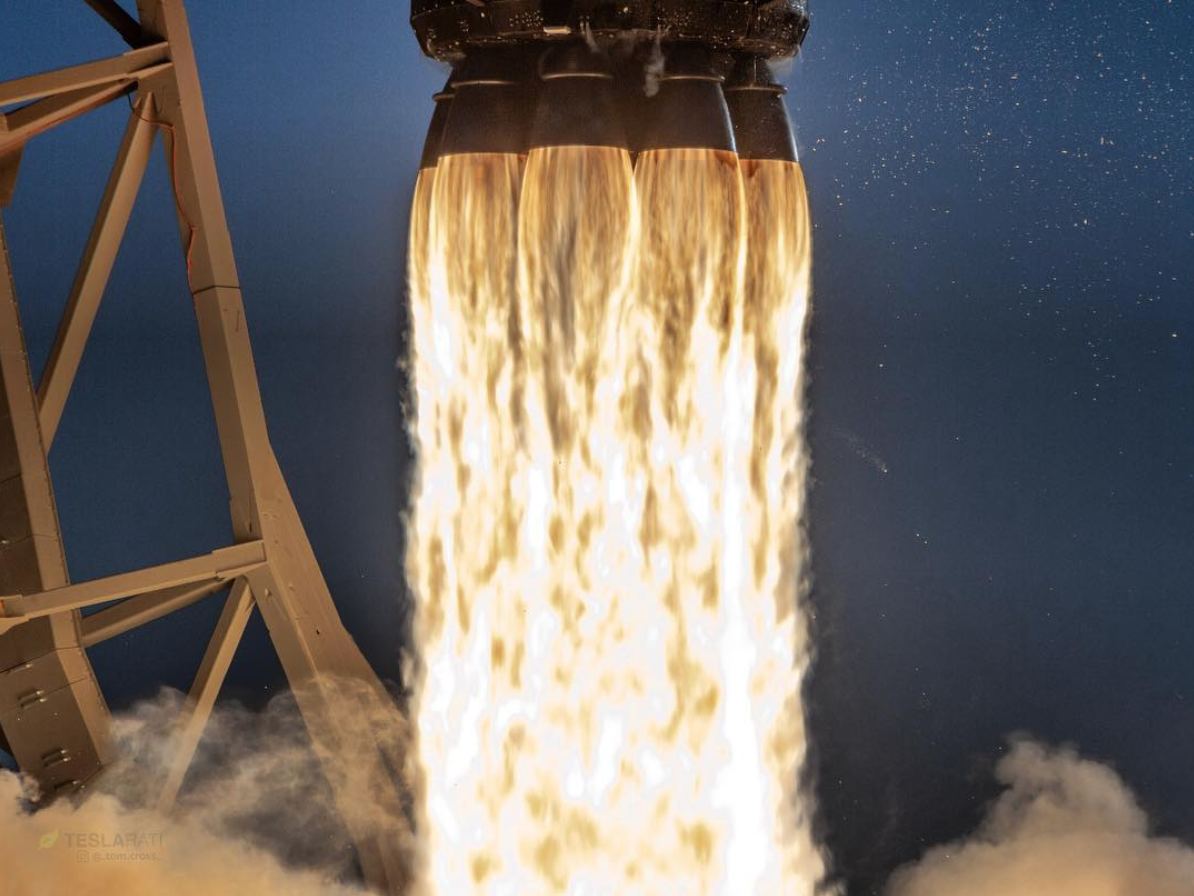 (Image Credit: Tom Cross)
(Image Credit: Tom Cross)
Vander Galien explains how important and challenging specific angles can be. “While this angle is simple, it’s powerful. And when done right really can be inspiring.”
Depending on how high-profile the launch is, the atmosphere throughout the day at the press site is vibrant. Routine satellite launches with no landings don’t get much coverage. A lot of attention is given to space station cargo runs, science missions, and demonstration flights like Falcon Heavy.
But if you’re there at Kennedy, no launch is routine and your excitement level is through the roof.
In the hours leading up, folks are excited possibly a little sleep deprive and of course, hoping to see a launch that day. Kenniston describes it as “one of mostly sheer excitement mixed with nervousness that our remote cameras won’t work with just a pinch of cynicism because we all know that the launch could scrub at any second.”
“It’s a complicated emotional spectrum we deal with out at the press site but for the most part it’s an extremely positive one.”
 (Image Credit: Brady Kenniston)
(Image Credit: Brady Kenniston)
Another challenge for photographers is actually getting their work out there to the public. “The biggest challenge is making yourself stand out versus the rest — launch photography is highly saturated and if you’re going there to capture “scene” images — only the same shots with differing skies/light — you’re gonna get run over and passed up.” explains Trevor Mahlmann.
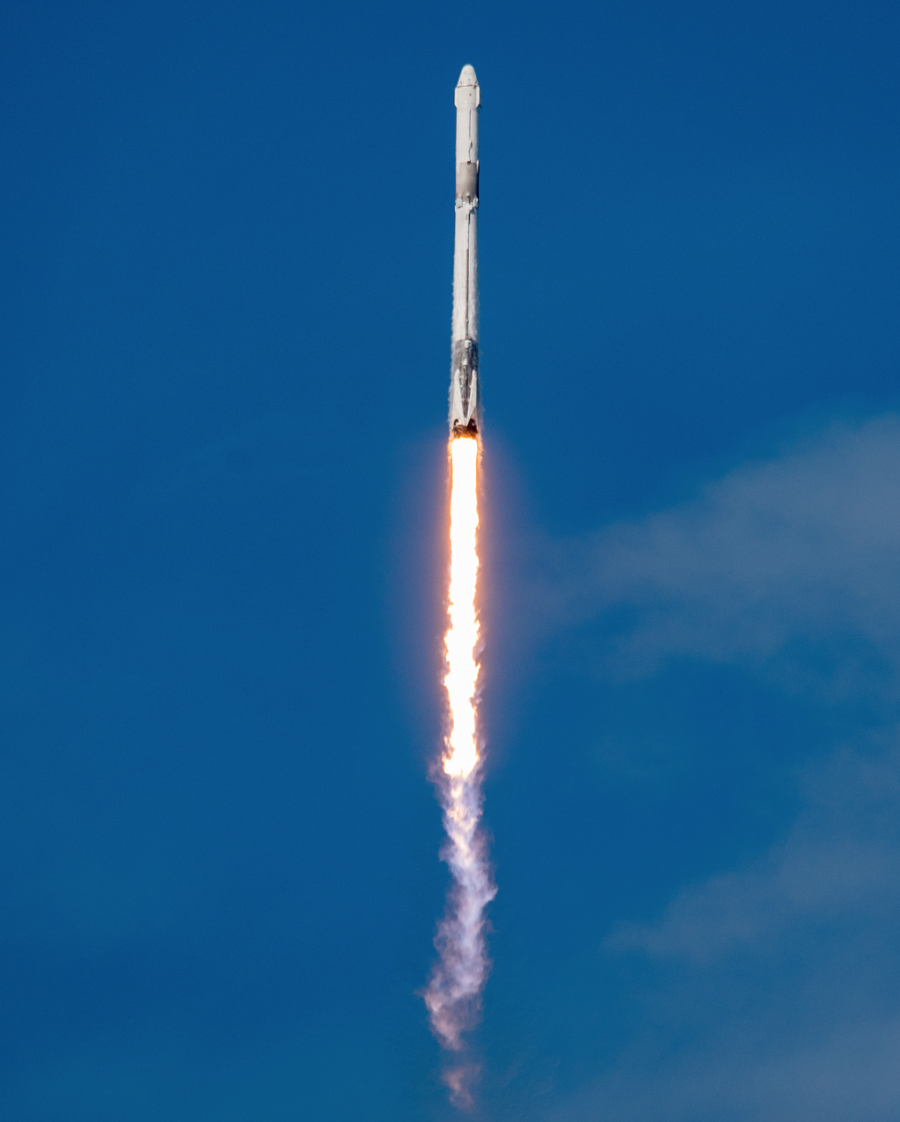
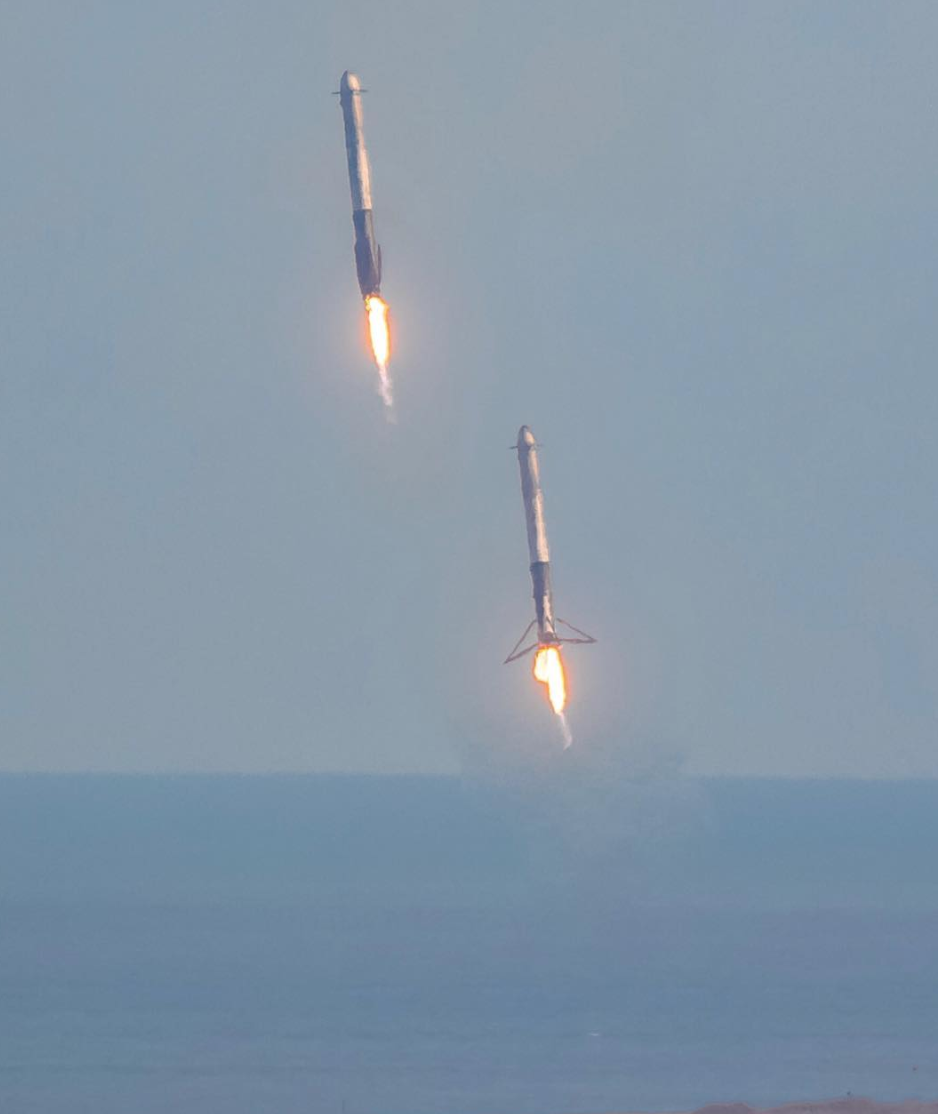
(Image Credit: Tom Cross (left) & Trevor Mahlmann (right))
Mahlmann explains that your attitude and how you present yourself can have a huge effect on your experience in the field. “Everyone wants to attend launches and make good images doing it — if you ever have the privilege to do it, realize that it is a privilege and not a right. There are tons of people who would be willing to replace your complacent attitude at the next launch. You’ve got to continue earning your spot!”
Three of the four photographers we chatted with don’t even live in the state of Florida, so sometimes the biggest challenge is getting down to Cape Canaveral for mission almost at the last minute. Launch dates are never solid until a week or two before.
Trevor Mahlmann, Brady Kenninston, and Craig Vander Galien are all actually from the Midwest! “As someone who has to travel more than 1000 miles to just see a launch and has to do so with around 100 lbs of camera gear, traveling can be a bit overwhelming.” says Kenninston.
In terms of cameras, there is a wide range of what models, styles, and levels people use. Kenniston says that “the cheaper cameras are my main pad cameras for getting up close and personal with the rockets as they lift off just in case something does happen to them. If they are destroyed, replacing them isn’t a problem.”
That’s right, folks. Worrying about your cameras being destroyed or blown away completely are very real (and possible) fears that rocket photographers face. Below, is a remote camera setup by NASA in-house photographer Bill Ingalls:
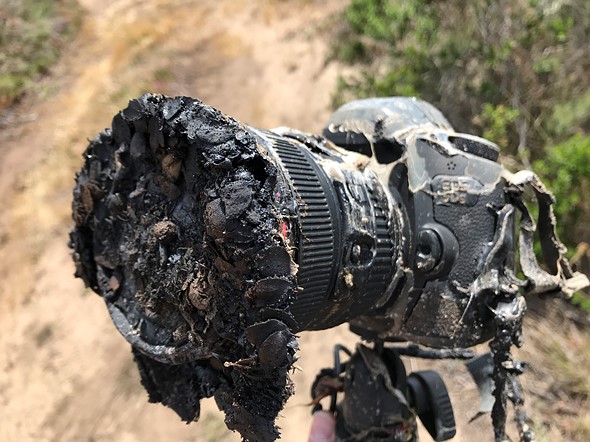 (Image Credit: Bill Ingalls of NASA)
(Image Credit: Bill Ingalls of NASA)
Once a rocket launch, the day takes a swift turn and the real “fun” begins––in editing and publishing–––maybe the guys were being sarcastic?
The press site all of the sudden is bursts with the bustle of getting back to laptops. Everyone pretending really hard to not race against each other. “I get to work, immediately.” says Tom Cross
Craig Vander Galien describes the atmosphere as a whole with three simple words, “Madness. Absolute madness”. Some people rush to get theirs on social media first, luring viewers in with the bright colors and plenty of hashtags. Others may wait, and theirs will debut along with an article or as an online album.
Kenniston describes the overall energy very well. “After a launch, it’s a scramble to get images out to your outlet. Everyone is quiet, save for the moment where someone gets an incredible shot and shows it around to their friends.” If you stand back and listen in the press room, you will hear and see just that.
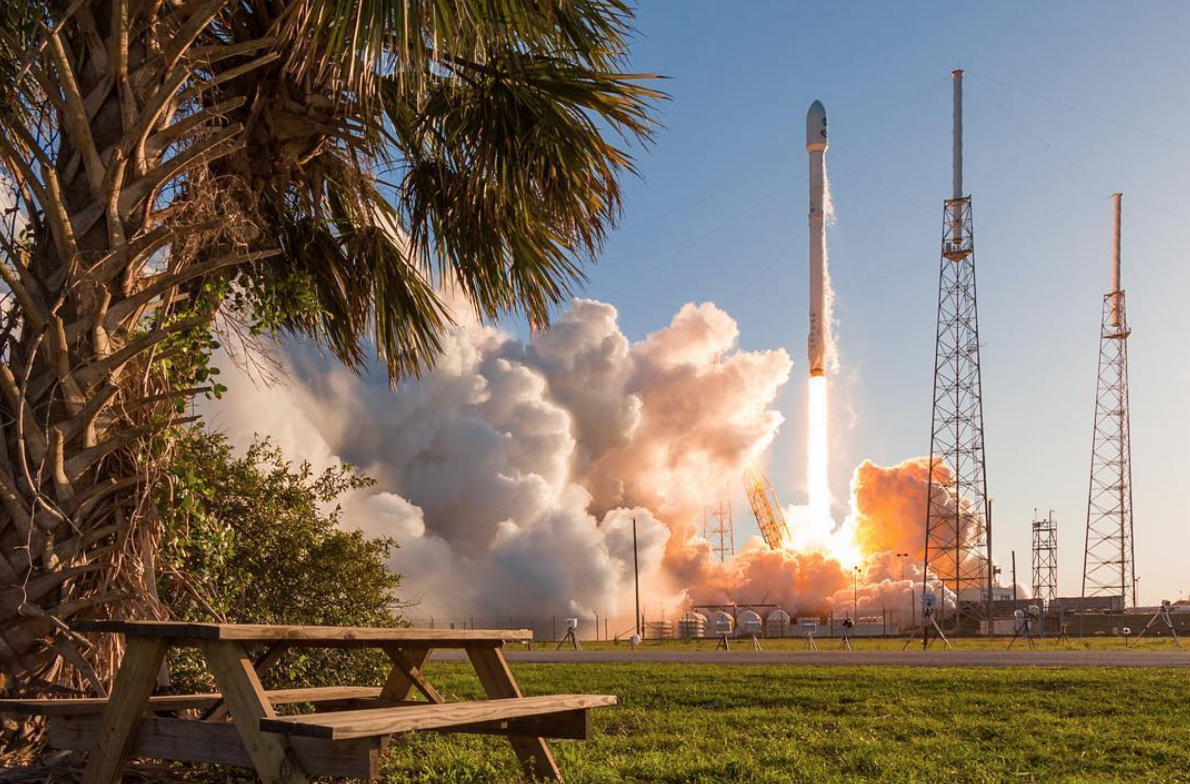 (Image Credit: Trevor Mahlmann)
(Image Credit: Trevor Mahlmann)
The exhaustion from a long day (and sometimes long travels) starts to set in after a swarm of launch photos saturate social media. Remember though, these are just launch photos taken from their individual vantage points. The stunning remote shots are yet to come.
Photographers then have to wait around an hour until they are able to board the bus to pick up remote cameras while praying very intensely.
Once they arrive, our nervous colleagues begin pull their stakes from the ground, which are used to hold down cameras in case Florida’s notorious weather suddenly had other plans. They rush back to the bus and begin editing their photos right then and there. It is eerily quiet as people are heavily concentrated on getting these unique and relatively rare images out to the world.
“This is a bit sad, but it has become part of a game we all play to get views. Not the worst thing in the world, but it takes some of the joy on our part out of the work in my opinion.” explains Craig Vander Galien.
There is a secret waiting game that goes unsaid because it’s a rare but awesome occurrence.
Whose image will be retweeted by Elon Musk??? That’s right. This one retweet can change your life forever…well, not really. But Elon does have 20 million+ followers. That’s a lot of traffic and you’ll have bragging rights for a while. The exposure can definitely lead to more work.
Did we mention the bragging?
That very thing happened to Kenniston, and he describes it as one of his favorite launch moments thus far. “After Falcon Heavy’s launch and right as the press conference was ending, I got a notification on my phone that Elon Musk had retweeted my engine shot from that day! I was shaking with excitement. I’ll always remember the hugs and hi fives from all my friends at the press site that moment. I’m so glad I was able to share it with all of them!”
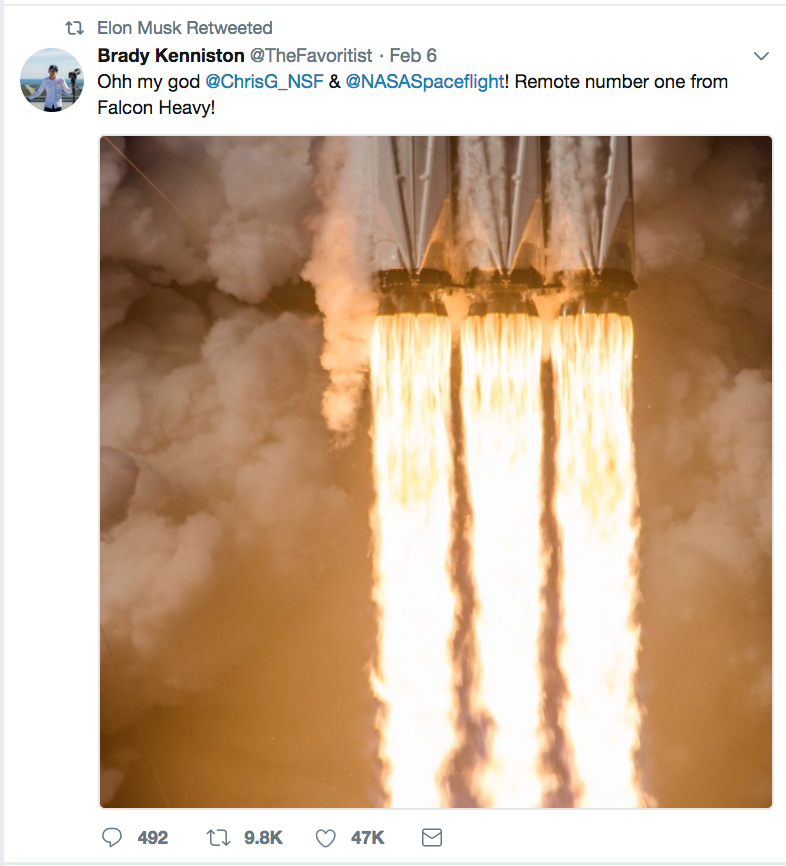
Are you convinced that rocket launches are pretty damn awesome?
These guys don’t just want Elon checking out their work. They want you to as well, even if you’ve only got a few hundred followers on Twitter.
Also, we wish we could’ve included a female photojournalist perspective among our squad but unfortunately there are very few (the author of this article included). Let’s change that? However, you should read our interview with Pauline Acalin, who has covered Falcon Heavy but usually stalks SpaceX (and their boat, Mr. Steven) in California.
Be sure to keep up with the work of the amazing folks we mentioned today. Their social media accounts are linked underneath of their photos below.
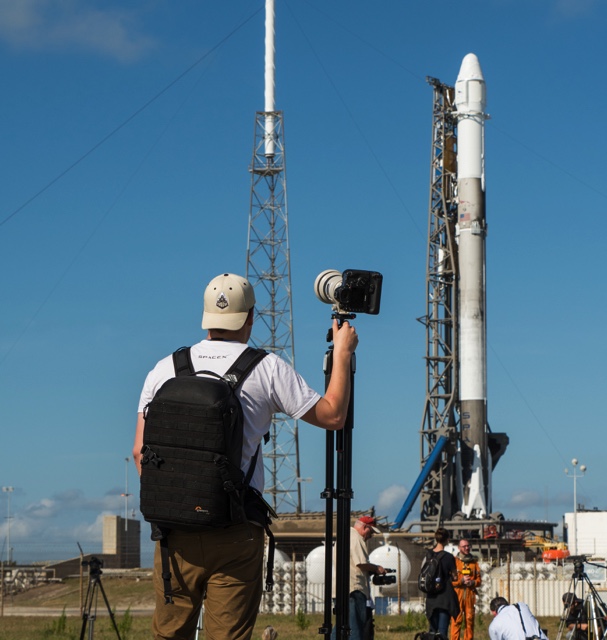 Trevor Mahlmann
Trevor Mahlmann
(Instagram & Twitter)
“My favorite thing [about launches is] capturing history! Space exploration is super important and this age in spaceflight will be looked back upon as the rebirth of it after Apollo. Being there for that is super important to me!”
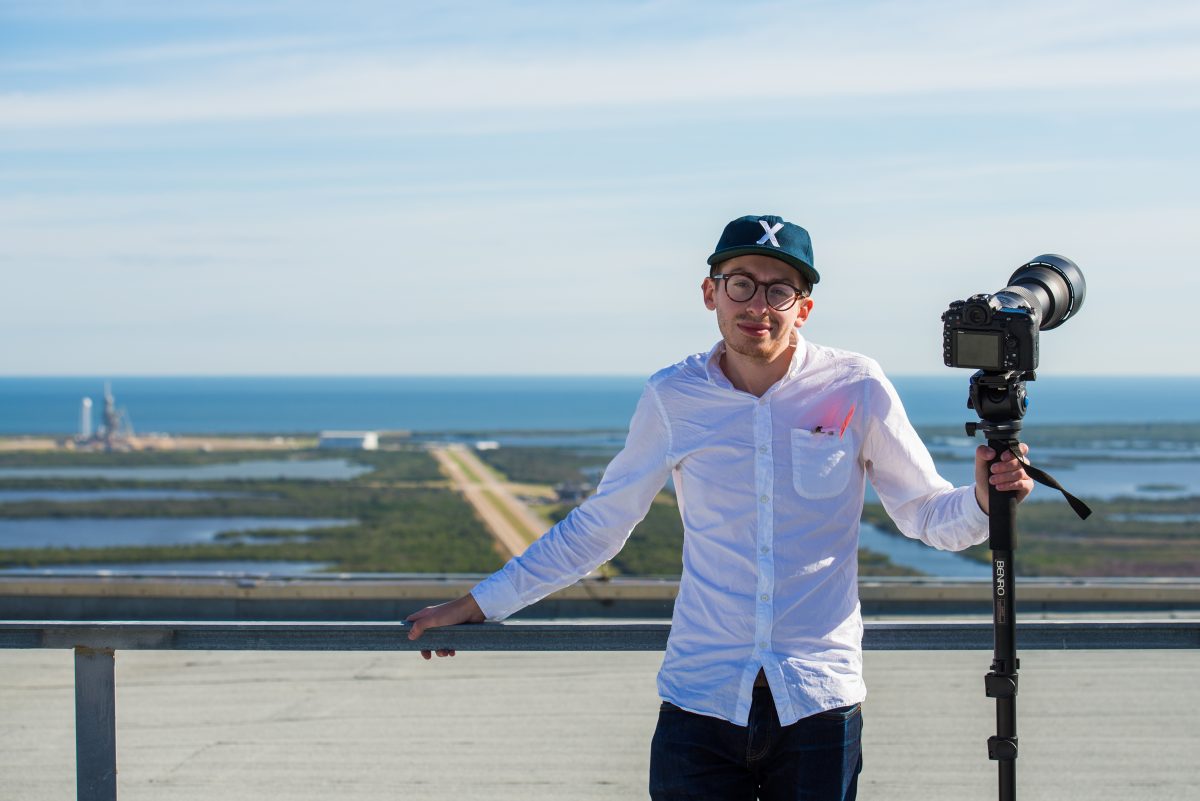 Brady Kenniston
Brady Kenniston
(Instagram & Twitter)
“My advice I would say just be there. Whether it be the most important rocket launch of a generation, a lunar transit, or just finding a cool spot to take star photos, take every opportunity you can to create amazing images. Any cheap DSLR is capable of capturing mind blowing photos so it’s on you to be at the right place at the right time!”
 Tom Cross
Tom Cross
(Instagram & Twitter)
“Discover the emotion you feel when watching. Then, try to transfer that into your photographs. Invest in tools to do so. I’m talking fundamentals – a body, a lens, a trigger, a tripod. Don’t be afraid make basics work if your budget doesn’t get great tools. SpaceX started as a scrappy entity.”
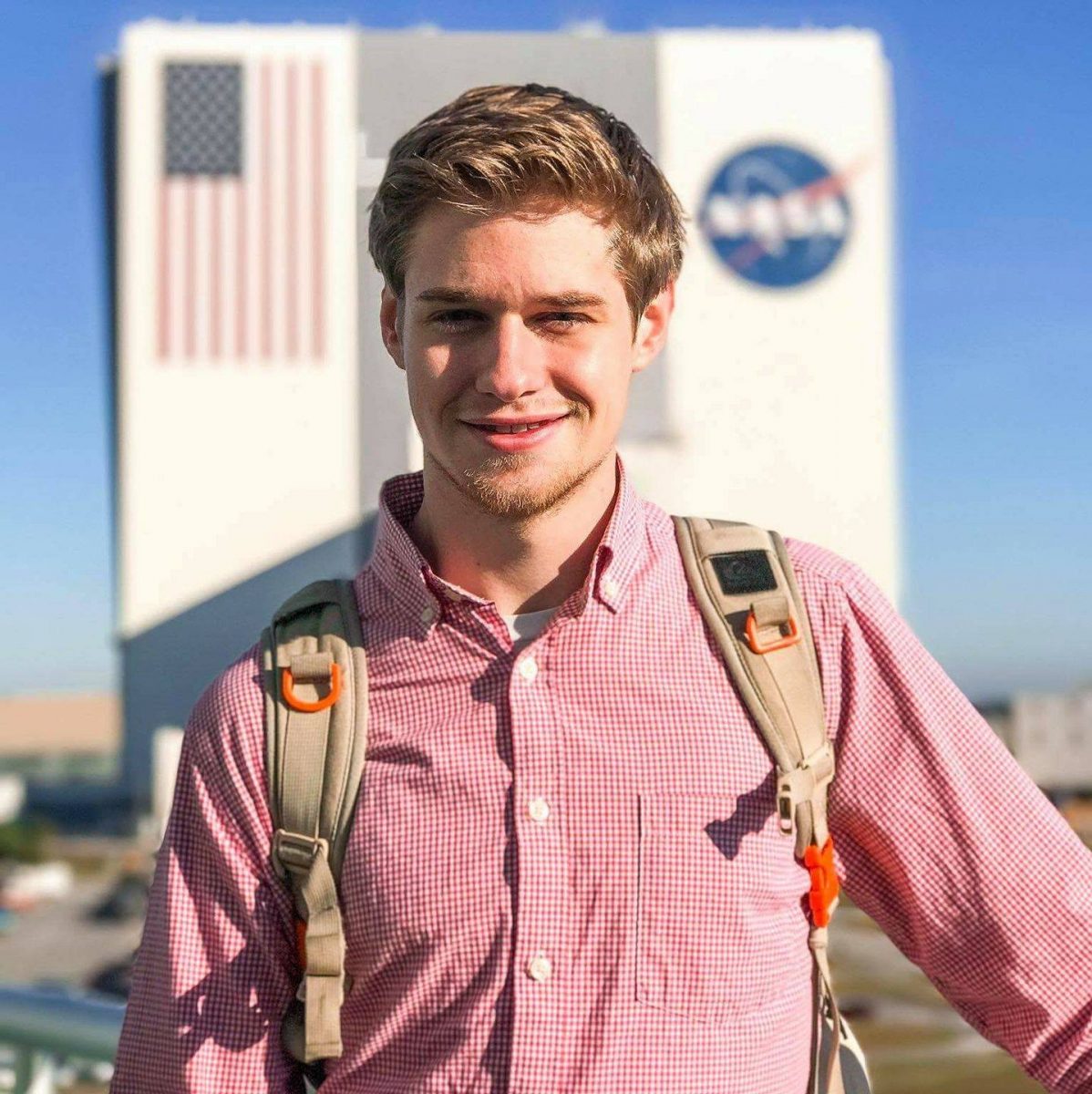 Craig Vander Galien
Craig Vander Galien
(Instagram & Twitter)
“It’s rewarding to help inspire people and to help chronicle history in the making. I like to think that it is us, the band of people trying to squeeze every penny and in some cases hurting their careers in the name of inspiration, who will be the ones whose work will be celebrated when we think of that period where we first took a step out into the cosmos; this time for real.”
 Cassie Thonen is a Space Reporter and Photojournalist for Star Letters. She studied Studio Art and Design at Northern Illinois University, with a degree emphasis in Photography. When she is not chasing rockets or staring at the stars, Cassie can be found perfecting her photography or with her dogs, Frankie and Chewie. You can find her on Twitter and Instagram.
Cassie Thonen is a Space Reporter and Photojournalist for Star Letters. She studied Studio Art and Design at Northern Illinois University, with a degree emphasis in Photography. When she is not chasing rockets or staring at the stars, Cassie can be found perfecting her photography or with her dogs, Frankie and Chewie. You can find her on Twitter and Instagram.

